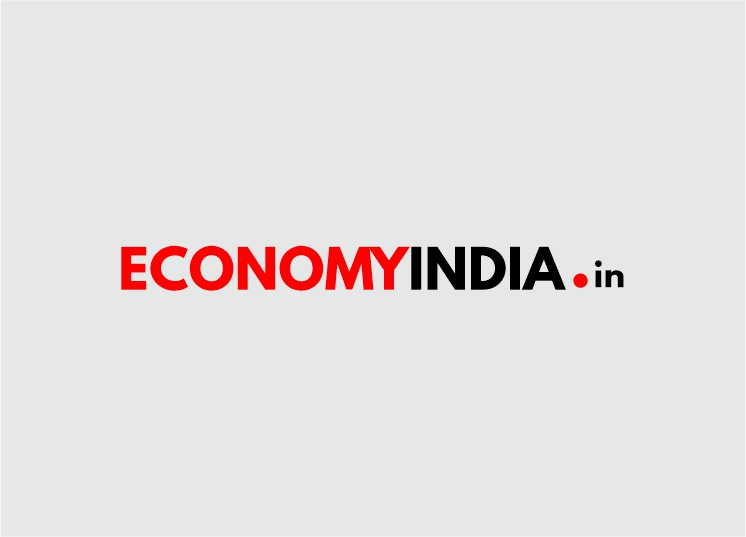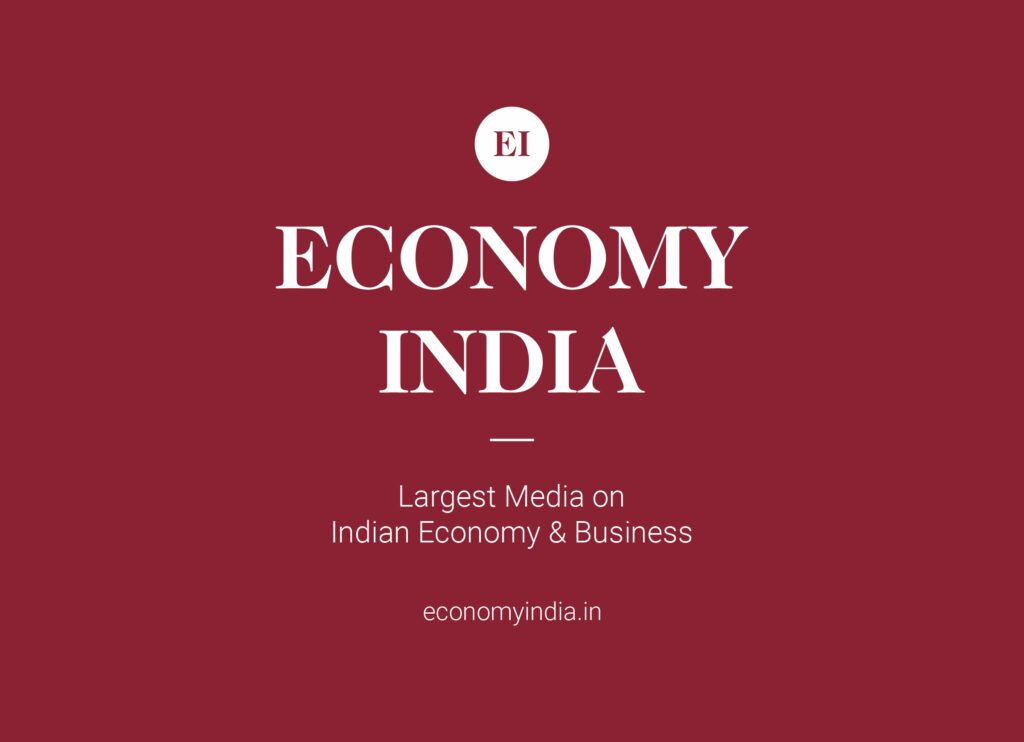The last two years have reinforced the importance of good health and wellbeing for all of us and taught us to increase our sustainable efforts not just to be kinder to our environment but also to remain relevant. Businesses have had to reinvent themselves opting for more sustainable models while making a strong business case for financial benefits. As the largest consumer of raw materials and producer of waste, the construction industry is ideally placed to take a leadership position in the drive towards sustainability by adopting the principles of a circular economy.
The World Economic Forum defines a circular economy as ‘one that promotes the elimination of waste and the continual safe use of natural resources’ offering an alternative that can yield up to USD 4.5 trillion in economic benefits to 2030. It also adds that “achieving this transition requires unprecedented collaboration given that today only 8.6% of the world is circular”.
The three main goals of a circular economy are to eliminate waste and pollution; optimize and reuse products and assets; and to use renewable resources.
Challenges to circularity in real estate
What does circularity mean for the real estate sector? By reducing the use of raw materials for construction; using renewable energy; and prolonging the life of an asset the sector can dramatically reduce its carbon footprint while designing great places to work and live.
Research has found that material efficiency interventions for buildings and infrastructure has the highest emissions reduction impact, followed by enhancing building utilization. To truly achieve circularity in real estate, a two-fold approach needs to be adopted: firstly, to optimize the resources toward the creation of the built environment; and secondly, to maximize the potential of land and built environment in terms of use and adaptability.
One big concern for real estate developers towards sustainability is that various sources of value remain unrealized, such as, in the case of commercial leases, either they are not permitted to lease to other tenants or the tenants refrain from sharing office space with other tenants because of security concerns, which means that the space lies unutilized for a long stretch of over 12 hours.
Another example is premature demolition. The reasons could be based on opportunity cost and the economic life of an asset. Currently, building plans and regulations prevent changes to property spaces causing them to focus on single-use occupancy. Similarly, the land lies vacant between the time it takes to assemble plots and to secure permission for new developments, particularly complex mixed-use developments on challenging urban brownfield sites.
It is common to see property developers choosing to hold on to land without planning permission in anticipation of rising prices. Another reason for a loss of value is the depreciation of materials. Materials lose value more quickly on paper than in practice due to the standard industry depreciation rates used for accounting purposes. Moving to a circular economy can bring in more profitability for the developers thereby driving them to use more efficient resource and energy management systems.
Sustainability through Flexibility and Adaptability
Sustainability is becoming increasingly important in real estate development. Rather than focusing simply on direct environmental impact, sustainability considers the impact of building materials from their sourcing to final use. The sustainable environmental design needs to be integrated into the real estate industry for it to grow while being resilient to what the future has in store, and circularity will be key to achieving these goals.
A report was jointly written by Arup and BAM that explores Circular Business Models (CBMs) talks about how flexibility and adaptability would provide added benefits throughout the value chain in construction.
Flexibility can be achieved by optimum use of underutilized spaces through innovative designs, while adaptability comes from creating resilient buildings that are smoothly able to adapt to changing market conditions and consumer expectations. This way CBMs help achieve environmental and social goals while delivering better economic performance.
Buildings will have to be more flexible about space planning, user flows and user-efficient layout designs that drive interconnectedness and productivity. The design must allow for future expansion or extension and redesigning for different uses. What will be important after commissioning and filling occupancy will be end to end post-occupancy evaluation and monitoring of building usage.
According to the same report by Arup and BAM, approximately 20-40% of building energy could be profitably conserved. For example, a product-as-a-service model, where the payment is based on service and is not a fixed amount, will incentivise a building operator to run sustainable buildings.
A more circular built environment entails a shift in thinking and business models and in turn a far more collaborative approach. (times of india)












